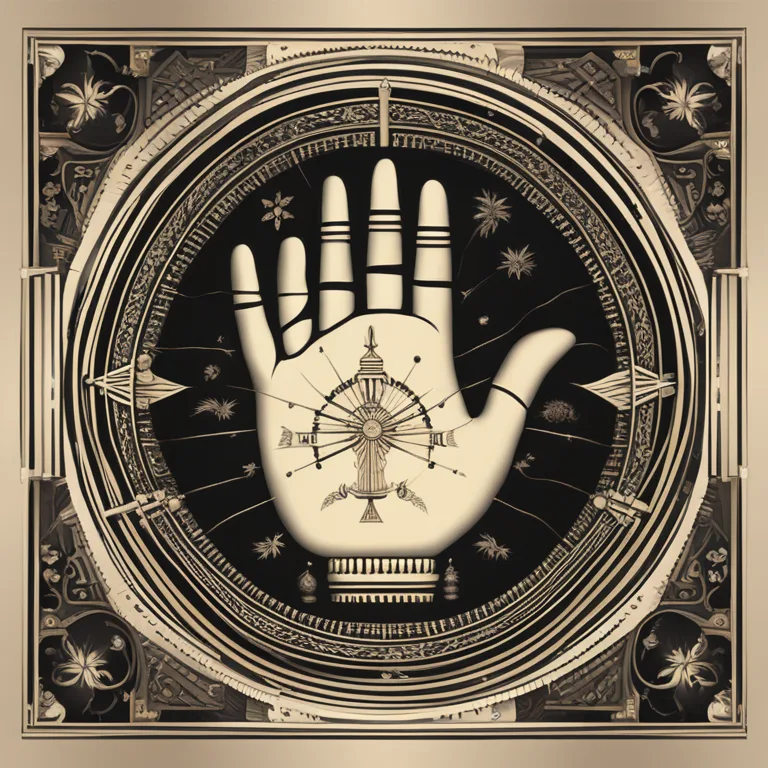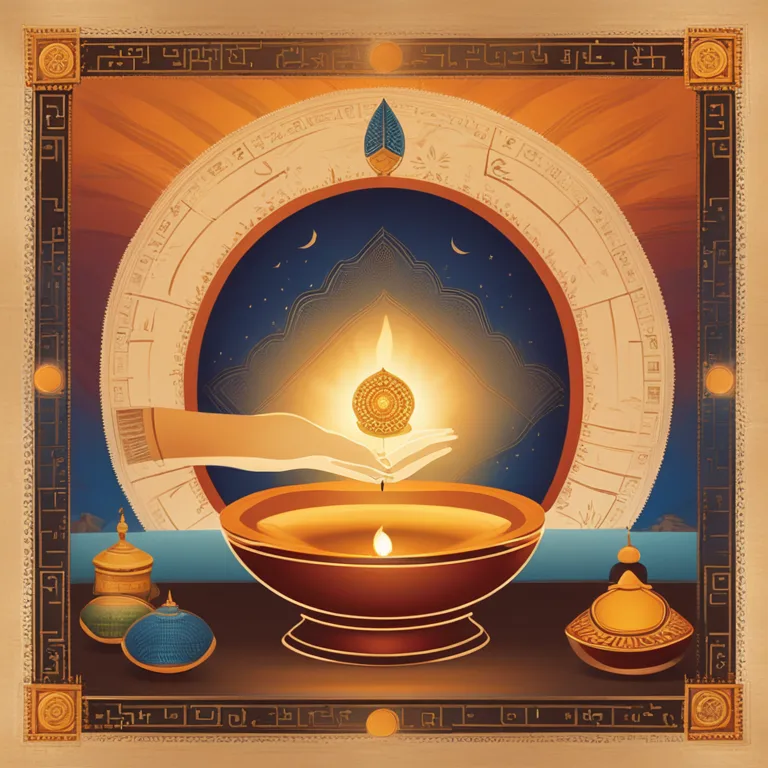
The Origins of Palmistry: Historical Roots Uncovered
Discover the mysterious origins of palmistry, from ancient practices to modern interpretations in this insightful article.
article by Nora Pennington
Introduction to Palmistry
Palmistry, or chiromancy, has intrigued humans for centuries. Despite its widespread popularity, the precise origins of palm reading are shrouded in mystery. The practice of interpreting the lines and features of the hand is believed to reveal insights about an individual's character and destiny. Through the millennia, various cultures have adopted and adapted palmistry, making it a melting pot of ancient wisdom and tradition. In this article, we'll journey through time to unveil the inception of this captivating art.

The Dawn of Palmistry
Tracing the origins of palmistry leads us back to ancient civilizations. The earliest records hint at palm reading being practiced in India thousands of years ago, where it was intertwined with Hindu astrology, specifically the teachings of Samudrika Shastra. Some historians suggest that palmistry, like many other ancient arts, may have roots in Chinese and Tibetan culture as well. It's believed that from the East, knowledge of palmistry spread along the Silk Road, traveling to Western lands and evolving with every culture it touched.

Ancient Influence and Expansion
The practice soon found a foothold in ancient Greece, where the philosopher Anaxagoras is thought to have been aware of palmistry's principles. However, it was Aristotle's fascination with the shapes and lines of the human hand that embedded palmistry into the philosophical domain. Aristotle's writings on the topic were later expounded by the scholar Alexander the Great, who utilized palmistry to gauge the character of his officers. These endorsements by prominent historical figures significantly contributed to the spread and validation of palmistry across civilizations.

Medieval Renaissance
Jumping forward to the Middle Ages, palmistry experienced both reverence and condemnation. In Europe, during the witch-hunts, palmistry was classified alongside witchcraft and magic, leading to its suppression. However, scholars like Paracelsus and Fludd revived interest in the practice in the Renaissance period, insisting on its scientific and empirical potential. This renaissance of palmistry in Europe paved the way for modern interpretations and acceptance.

Modernity and Misconceptions
In modern times, palmistry has been brushed off by skeptics as mere superstition. Yet its practice persists, fueled by a blend of scientific research into dermatoglyphics (the study of fingerprints and skin patterns), psychological profiling, and the universal human quest for self-understanding. Advances in cognitive sciences have slowly reshaped the image of palmistry from a mystical pseudoscience to a subject worthy of more nuanced discussion and study.
Facing Palmistry's Future
As palmistry heads into the future, it continues to diversify with new approaches, such as psychological palmistry, that attempts to harmonize traditional techniques with modern psychological insights. With each new discovery in genetics and psychology, palmistry advocates find further grounds for exploration, while skeptics are challenged to re-evaluate their stance. The digital age has also seen the transformation of palmistry through apps and online readings, making it more accessible than ever.
Published: 1/3/2024
Modified: 1/3/2024
More predictions
Come back here soon to learn more about yourself and your future


The Secrets of Palmistry Travel Lines
Discover the meanings behind the travel lines on your palms and how they may hint at your journey through life.


Accuracy in Divination: Palmistry vs. Astrology
Explore the relative accuracy of palmistry and astrology in predicting the future and revealing personal traits in this insightful comparison article.


The Origins & Journey of Palmistry
Trace the fascinating history of palmistry, understanding its ancient roots and its evolution through cultures and time.